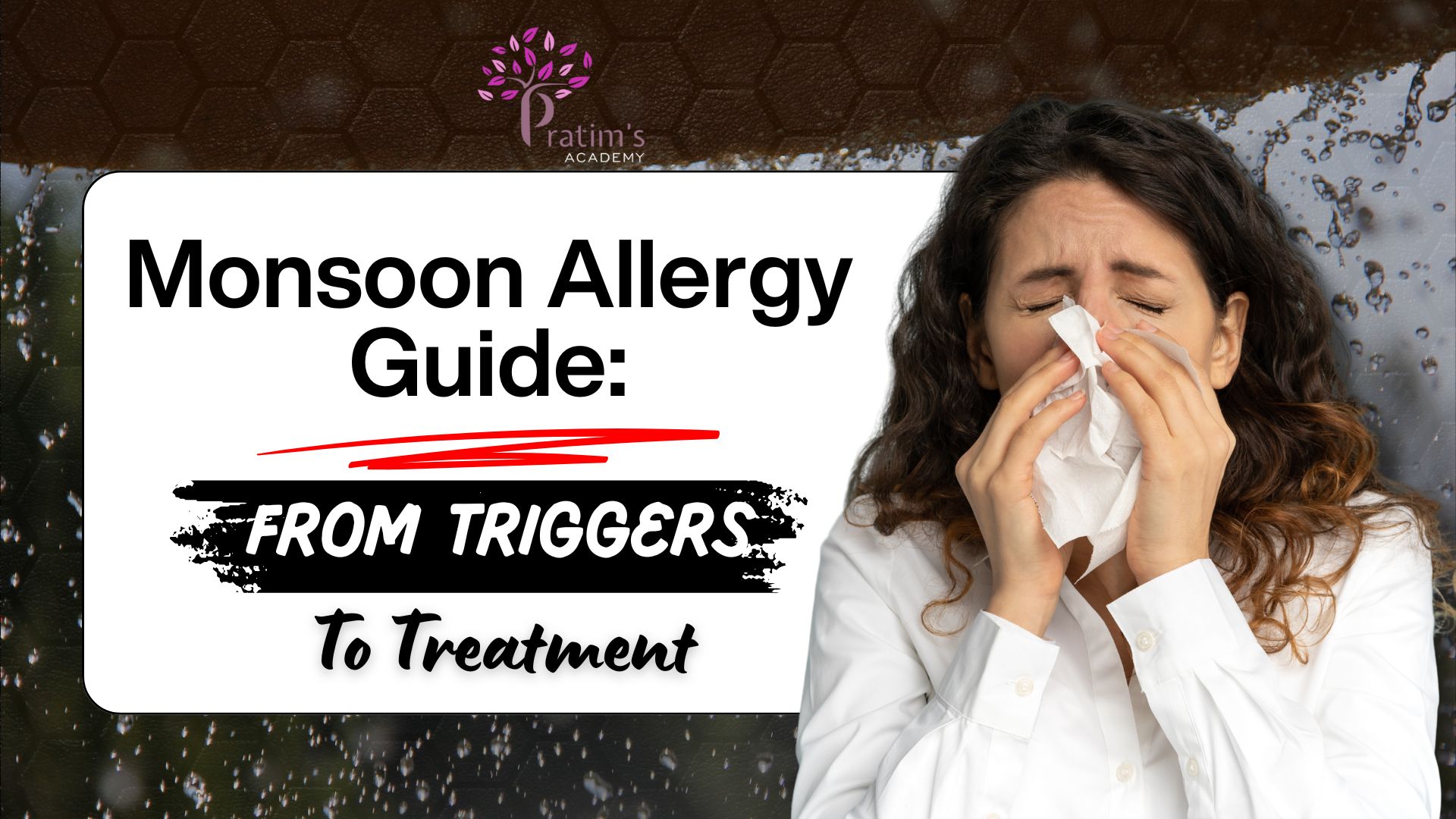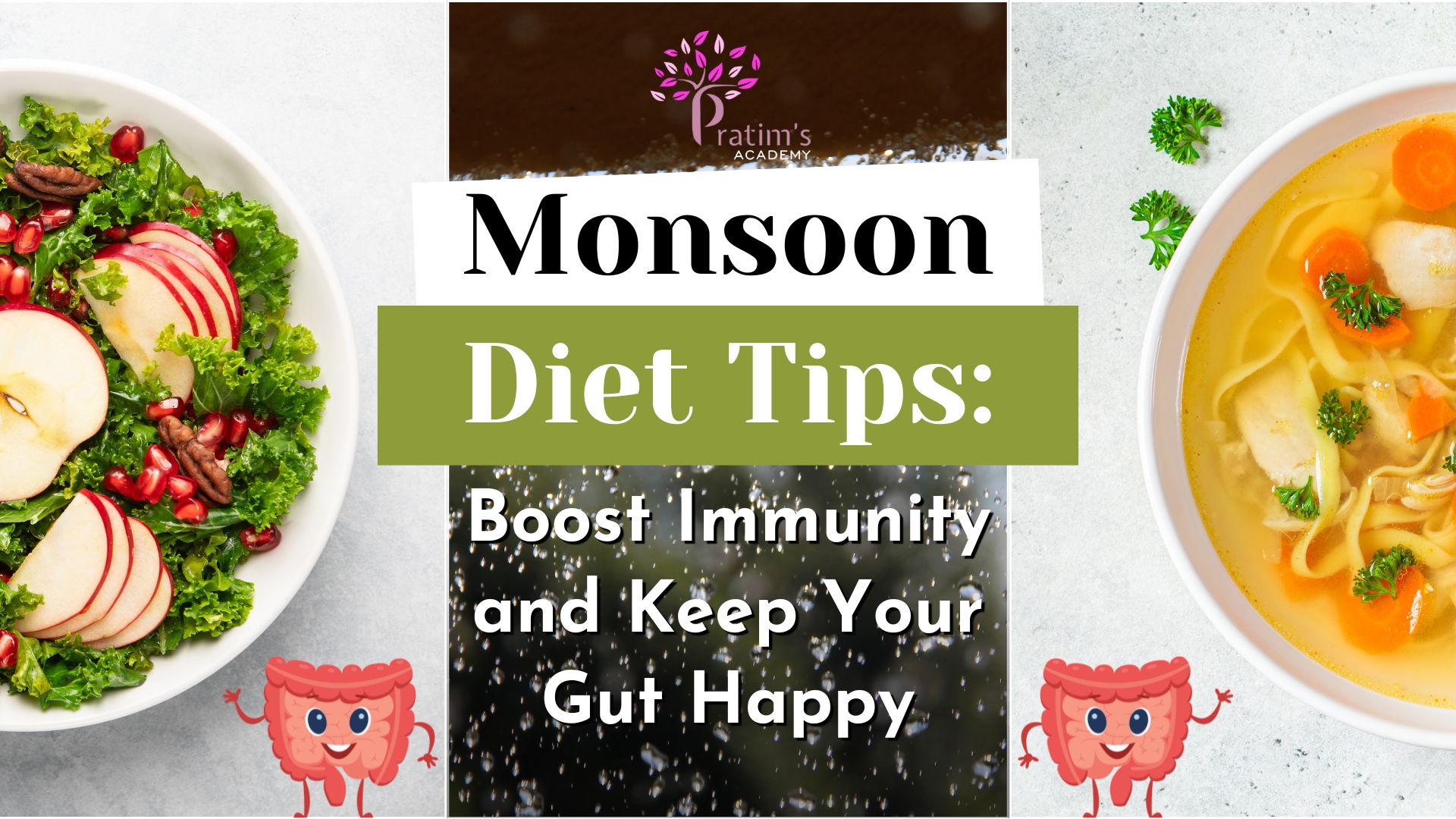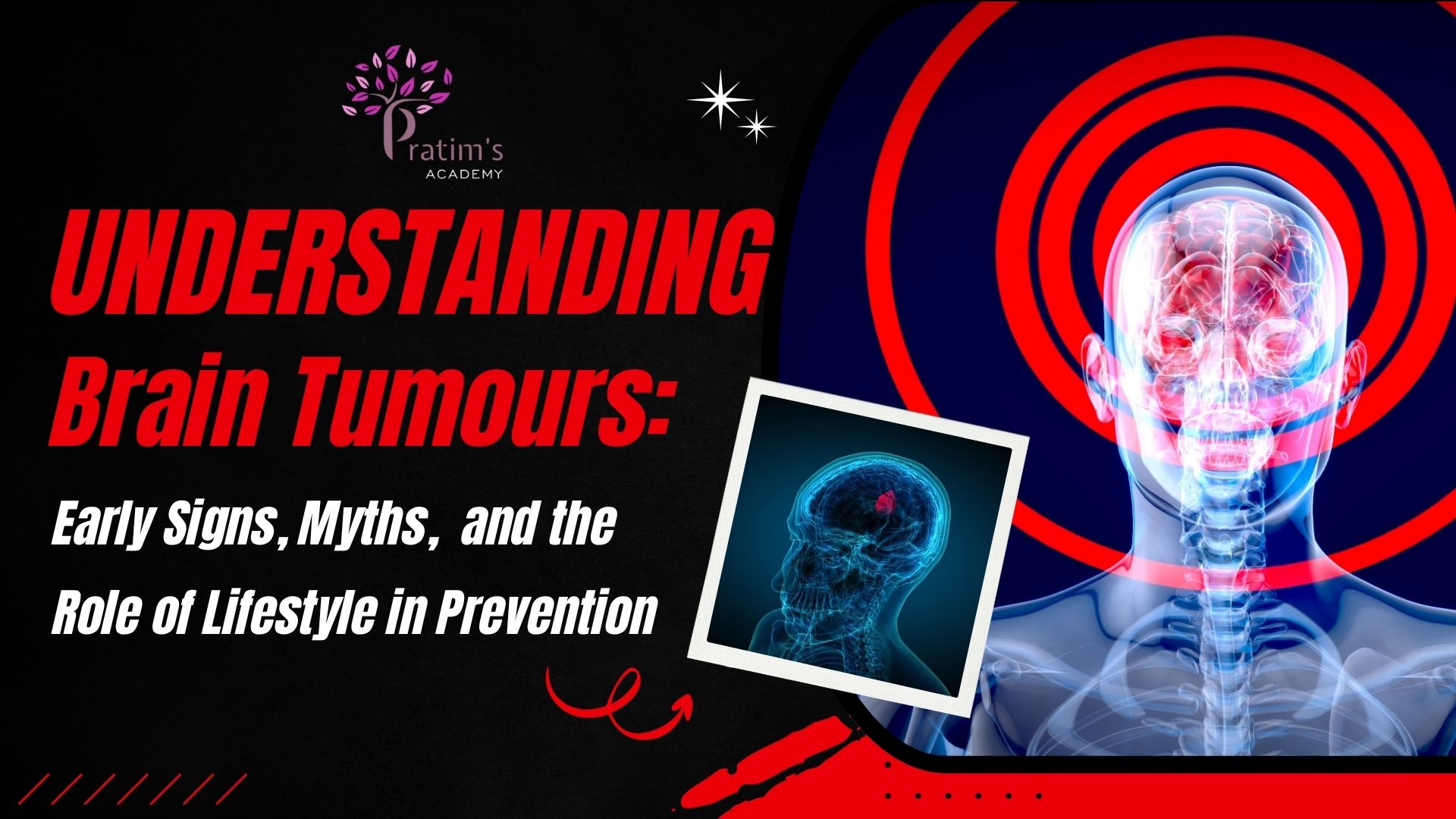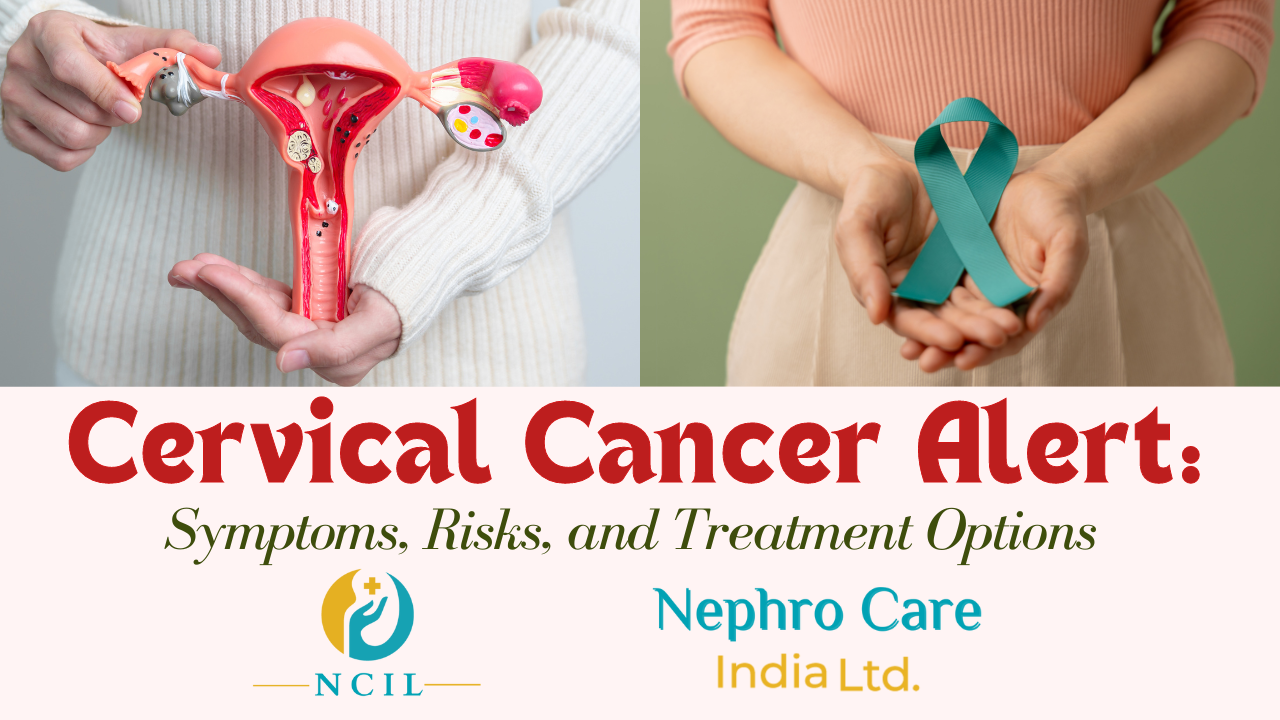
- 1513
- 0
Cervical Cancer Alert: Symptoms, Risks, and Treatment Options
Recently, a viral prank about the death of popular social media star and actress Poonam Pandey due to cervical cancer moved many of us, drawing attention to the critical significance of awareness about this disease. Although the news was fake, it served as a powerful reminder that cervical cancer can affect anyone and highlights the need for increased education and preventive measures, especially among young people and parents.
In 2022, cervical cancer stood as the fourth most prevalent cancer among women worldwide. Around 660,000 new cases were reported, leading to about 350,000 deaths. This alarming statistic emphasizes the urgent need for global action. Across nations, collaborative efforts are ongoing to eradicate cervical cancer within the next decade (WHO Report 2024). Given this context, let’s delve deeper into understanding cervical cancer, starting with its causes, who is most at risk, and many other crucial aspects.
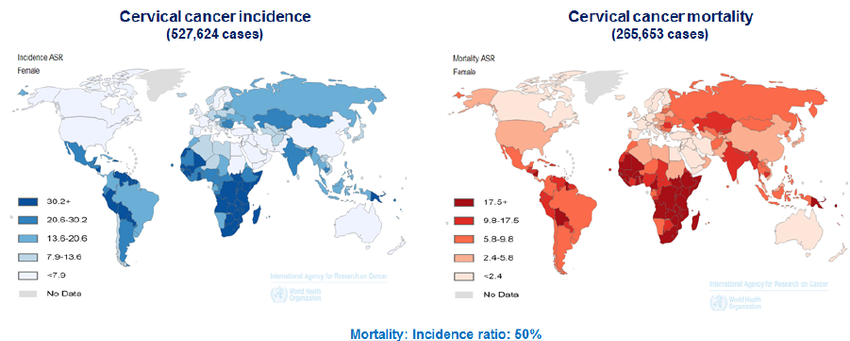
What is Cervical Cancer?
Cervical cancer originates in the cervix, the lower section of the uterus that links to the vagina. Almost all cases (99%) are caused by a common virus called human papillomavirus (HPV), especially types 16 and 18, which are spread through sexual contact.
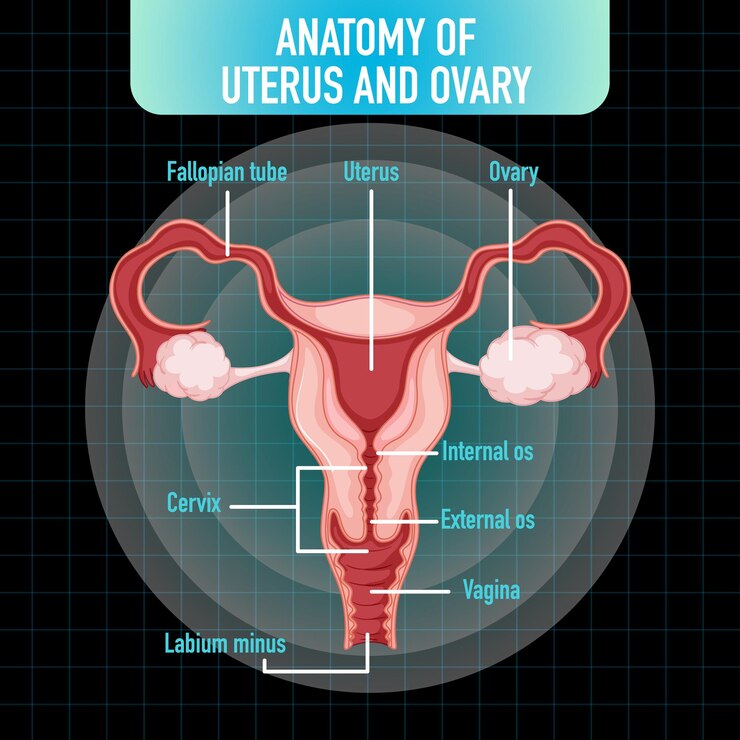
Most people who are sexually active will get HPV at some point, but the immune system usually clears the virus within a year or two. However, if a high-risk HPV infection lasts for years, it can cause changes in the cervical cells, leading to cancer if not detected and treated early.
Who is at Risk?
Certain factors increase the risk of HPV leading to cervical cancer:
- Starting Sexual Activity Early: Those who become sexually active before age 18 or have multiple partners are at higher risk.
- Smoking: Individuals who smoke and those who are passive smokers face a significantly increased risk of developing this cancer.

- Reproductive Factors: Using birth control pills for a long time and having many children can raise the risk.
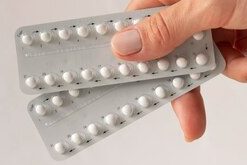
- Obesity: If someone is overweight, finding cervical cancer early might be more difficult.
For a healthier and more fulfilling life, join our Diet and Yoga WhatsApp group:

- Drug Exposure: Women who took the drug DES during pregnancy have a higher risk of cervical cancer for their daughters.

Cervical cancer symptoms:
Detecting cervical cancer early is crucial. The symptoms are as follows:
- Irregular Vaginal Bleeding: This includes bleeding between menstrual periods, after sexual intercourse, or post-menopause.
- Pelvic Discomfort: Experiencing ongoing or occasional pain in the pelvic region.
- Abnormal Vaginal Discharge: Noticing changes in the volume, color, smell, or texture of vaginal discharge.
- Painful Intercourse: Feeling pain or discomfort during sexual activity.
- Urinary Issues: Encountering pain or difficulty when urinating.
- Unexplained Weight Loss and Fatigue: Losing weight without reason and feeling constantly tired.
- Leg Swelling: Experiencing leg swelling may indicate lymph node involvement.
If you experience any of these symptoms, promptly consult a healthcare provider.
How is Cervical Cancer Diagnosed?
It’s crucial to have regular screenings because cervical cancer often shows no symptoms early on. The Pap smear test and the Human Papilloma Virus (HPV) test are important tools for finding precancerous changes. Women should start Pap tests at age 21 and continue with regular screenings. From age 30 onwards, they can also have an HPV test as part of the screening process.

Treatment Options
The treatment approach depends on the stages of the cancer:
- Early Stages: an abdominal radical hysterectomy surgery can be effective if the cancer is found early.
- Advanced Stages: Both radiation and chemotherapy may be required at advanced stages. Chances of successful treatment depend on the early finding of cancer early.
Survival Rates:
- Stage 1: Approximately 95% of individuals survive for 5 years or more after diagnosis.
- Stage 2: Almost 70% of individuals survive for 5 years or more after diagnosis.
- Stage 3: More than 40% of individuals survive for 5 years or more after diagnosis.
- Stage 4: Around 15% of individuals survive for 5 years or more after diagnosis.
Why the HPV Vaccine Matters?
The HPV vaccine is important for the prevention of this cancer, especially for preadolescents aged 11-12, as it protects them before any virus exposure. Usually, the vaccine is given in two doses for those aged 9-15 and three doses for older teens.

Why Vaccinate Your Child?
The HPV vaccine guards against the types of HPV responsible for most cervical cancers. Boys should also receive the vaccine to prevent HPV transmission to their partners. Vaccination is a vital measure in safeguarding the health of future generations.

To address this urgent health concern, the Government of India has announced free vaccination against cervical cancer for girls aged 9 to 14. This initiative emphasizes the importance of preventing this disease early on and protecting future generations.
In light of recent events, the critical significance of raising awareness about cervical cancer cannot be overstated. Understanding the risk factors, recognizing the symptoms, and prioritizing regular screenings are paramount in combating this disease effectively. Additionally, the availability of the HPV vaccine and initiatives like free vaccination programs underscore the proactive measures we can take to protect ourselves and future generations from the threat of cervical cancer. Let’s unite in the hope that no woman ever loses her life to cervical cancer, ensuring a healthier tomorrow for all.
Reference
- Stelze, Dominik et al. Estimates of the global burden of cervical cancer associated with HIV. The Lancet. 2020. https://doi.org/10.1016/S2214-109X(20)30459-9
- Guida, F., Kidman, R., Ferlay, J. et al. Global and regional estimates of orphans attributed to maternal cancer mortality in 2020. Nat Med 28, 2563–2572 (2022). https://doi.org/10.1038/s41591-022-02109-2
- Cancer survival by stage at diagnosis for England, 2019. Office for National Statistics
- DeVita, VT. Lawrence, TS. Rosenberg SA. 2023Cancer: Principles and Practice of Oncology (12th edition) Wolters Kluwer.
- Soon, H., Rajasekaran, N., Ju, W. & Shin, Y. (2015). Human Papillomavirus: Current and Future RNAi Therapeutic Strategies for Cervical Cancer. Journal of Clinical Medicine. 4. 1126-1155. 10.3390/jcm4051126.
- D.E.S is it
Comment
Check Your EGFR
***We Promise, no spam!

